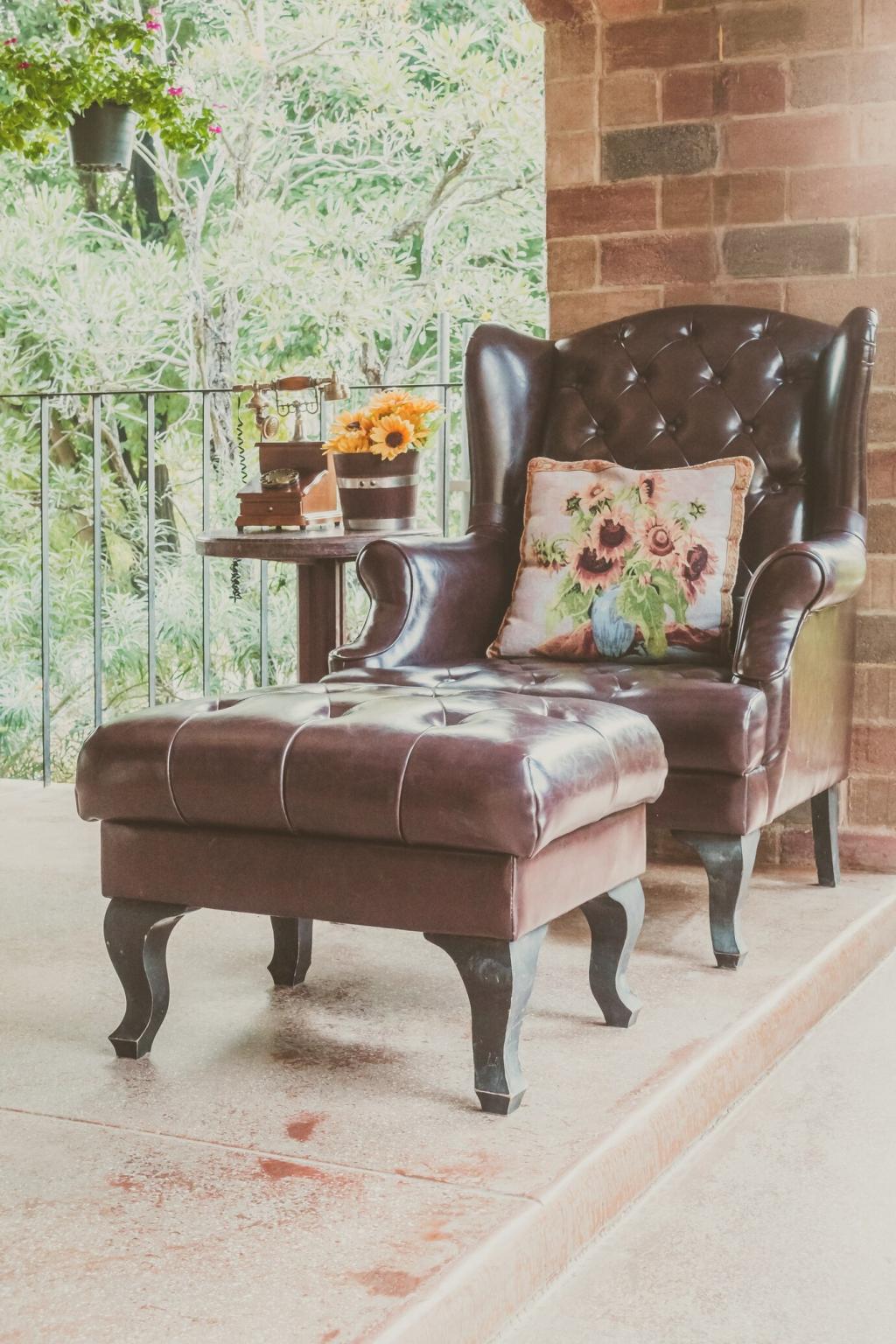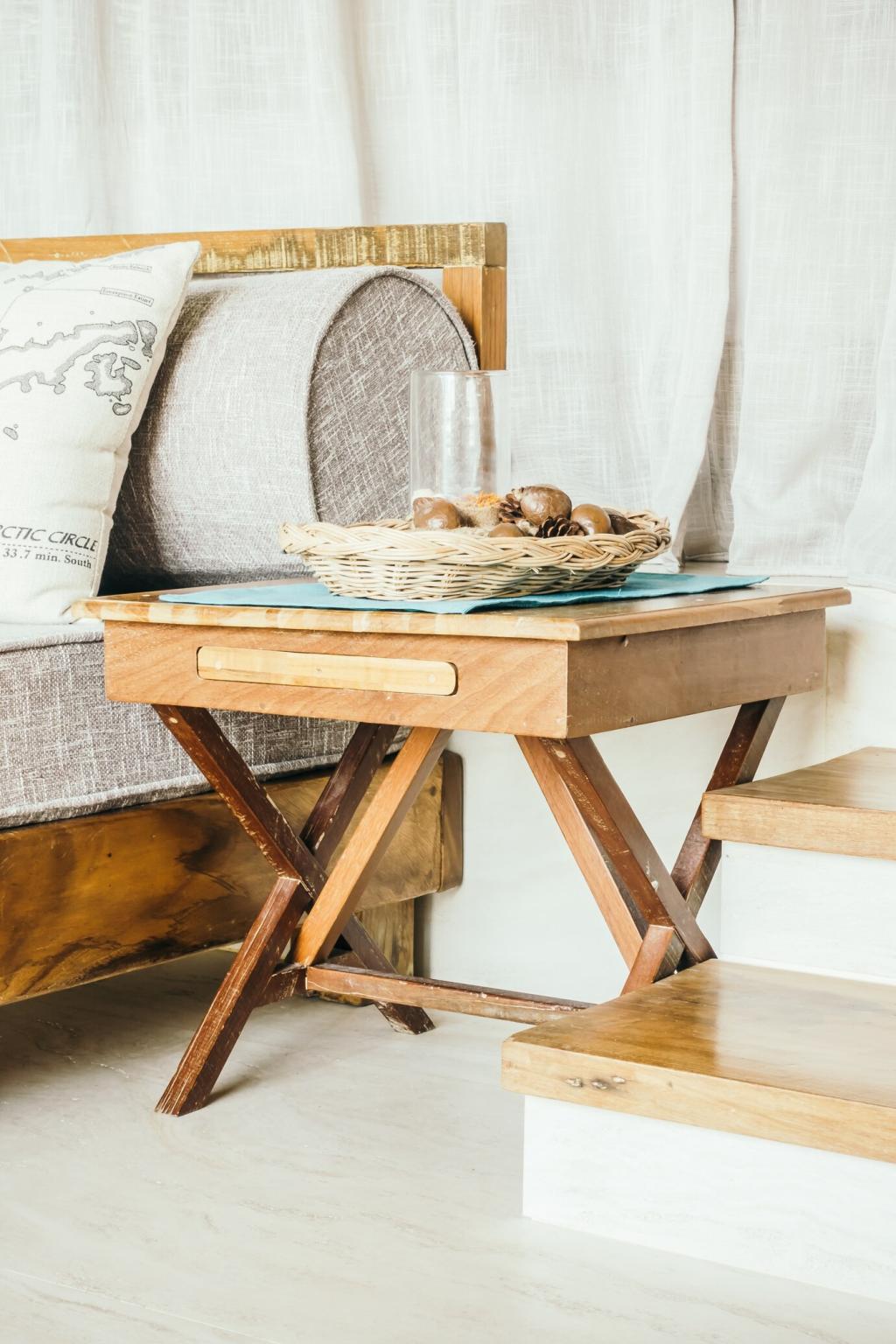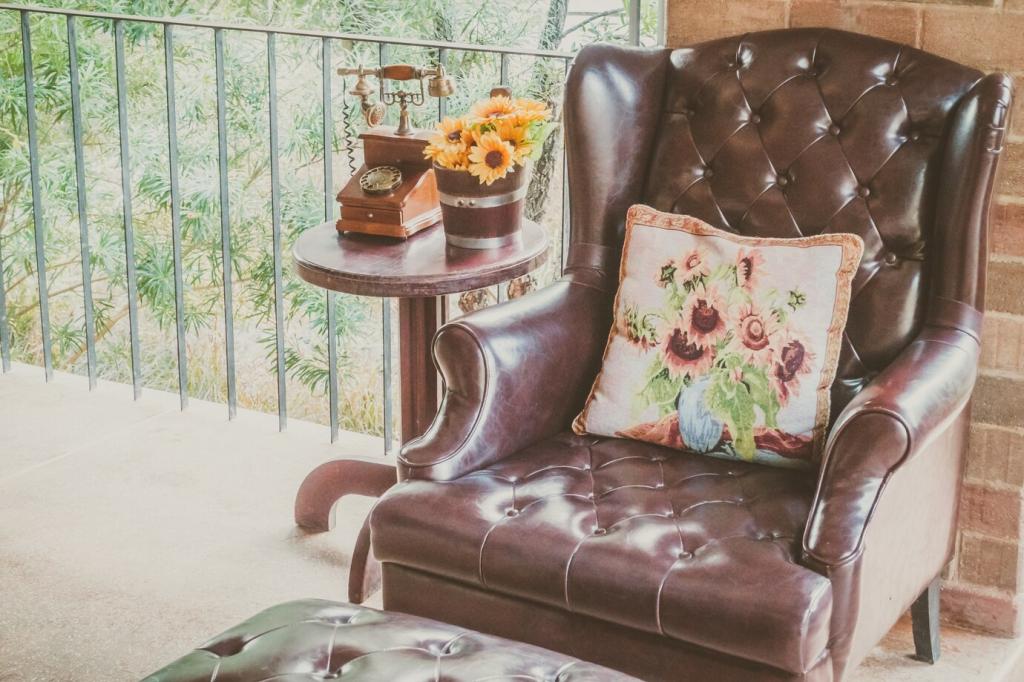
Chosen Theme: Preventing Water Damage on Wooden Surfaces
Welcome! Today’s feature explores practical, proven ways to keep your wooden floors, decks, furniture, and trim safe from moisture. We’ll blend science, field-tested tips, and real stories so you can prevent costly damage before it starts. Join the conversation, share your experiences, and subscribe for weekly guidance tailored to wooden surfaces that you love.
How Water Damages Wood: The Science You Can See
Wood behaves like a sponge at the cellular level. When moisture rises above the fiber saturation point, cells swell, finishes fracture microscopically, and boards cup or crown. Understanding this movement helps you choose coatings, set humidity targets, and plan proactive maintenance.

How Water Damages Wood: The Science You Can See
Look for dull white haze, musty odors, darkened end grain, lifted finish around seams, or soft spots near sinks and dishwashers. Subtle squeaks, spongy footsteps, or tiny gaps that appear after spills signal trapped moisture. Catching these clues early prevents expensive repairs.


Indoor Prevention: Kitchens, Bathrooms, and Busy Hallways
Use quality waterborne polyurethane with aluminum-oxide reinforcement for scuff resistance, then seal seams and transitions with flexible, paintable caulk. Don’t forget end grain: treat cut edges around vents and door thresholds. Recoat before wear-through, and invite readers to share what finishes have lasted longest.
Indoor Prevention: Kitchens, Bathrooms, and Busy Hallways
Adopt a simple routine: wipe spills immediately, dry-mop weekly, deep-clean monthly with finish-safe products, and inspect under rugs and mats. Keep a calendar reminder to check sink bases and appliance hoses quarterly. Comment with your checklist to help others refine their routine.
Outdoor Defense: Decks, Siding, and Garden Structures
Start with a penetrating, UV-stabilized stain to nourish fibers, then top with a compatible sealer for added water repellency. Prioritize end-grain sealers on posts and board ends. Maintain on a schedule, not a crisis. Tell us which stain systems have survived your toughest winters.
Outdoor Defense: Decks, Siding, and Garden Structures
Slope decks at roughly one-eighth inch per foot, space boards for airflow, and add drip edges over doors and fascia. Flashing around ledger boards and window trims prevents sneaky leaks. Post your favorite detailing tips or photos to inspire better builds in our community.
Outdoor Defense: Decks, Siding, and Garden Structures
Spring: wash gently, inspect fasteners, re-seal end grain. Summer: spot-treat sunburned areas. Fall: clear leaves, clean gutters, check flashing. Winter: shovel with rubber edges, avoid ice-chewing chemicals. Subscribe for our printable checklist and share your regional tweaks to help neighbors adapt.
Real Stories: Lessons Learned from Leaks and Saves
A Saved Oak Floor in Forty-Eight Hours
When a supply line burst on a Friday night, quick action—shutting water, wet-vac extraction, fans, and a rented dehumidifier—kept cupping minimal. End-grain spots were resealed Monday. Share your emergency wins to help others act fast and keep beautiful wood intact.
The Deck That Taught a Neighborhood
One neglected ledger flashing led to hidden rot and a sagging corner. Rebuild day became a block workshop: better slope, thorough end-grain sealing, and a breathable stain. Neighbors now coordinate annual maintenance weekends. Tell us how your community rallies to protect outdoor wood.
Your Turn: Add Your Chapter to the Story
Have you rescued a soaked stair tread or revived gray rails? Comment with what worked, what failed, and photos if you can. Subscribe to see your story featured in future posts and to pick up new tactics before the next storm arrives.
Tools and Materials: What to Buy, What to Borrow
Keep a reliable moisture meter, flexible exterior-grade caulk, end-grain sealer, quality brushes, and low-VOC waterborne polyurethane on hand. Add a small dehumidifier and box fans for drying emergencies. Comment with your favorite meter model and typical target readings for local climates.

Myths and Mistakes to Avoid
A tough topcoat won’t save neglected edges, seams, or end grain. Without sealing gaps and controlling humidity, water sneaks underneath and lifts finish. Balance coatings with vigilant detailing and indoor airflow. Share the mistakes you corrected so others skip the same detours.
Myths and Mistakes to Avoid
Species like oak, maple, and even teak resist wear, not water saturation. Prolonged wetting still causes staining, swelling, and microbial growth. Combine species choice with smart design, protective finishes, and diligent maintenance. Comment with species-specific observations from your projects and climates.




Emergency Response: When Water Finds Your Wood
Stop the source, extract standing water, remove wet rugs, and run fans plus dehumidifiers to reach forty to forty-five percent humidity. Open baseboards, pull quarter-round, and check under thresholds. Share your go-to steps so readers can build their own ready plan.
Emergency Response: When Water Finds Your Wood
If moisture readings stay high after forty-eight hours or odors persist, call mitigation pros with targeted drying and containment. They’ll map moisture, protect unaffected areas, and prevent secondary damage. Comment with experiences and questions so others learn what to expect from professional help.
Join our mailing list
